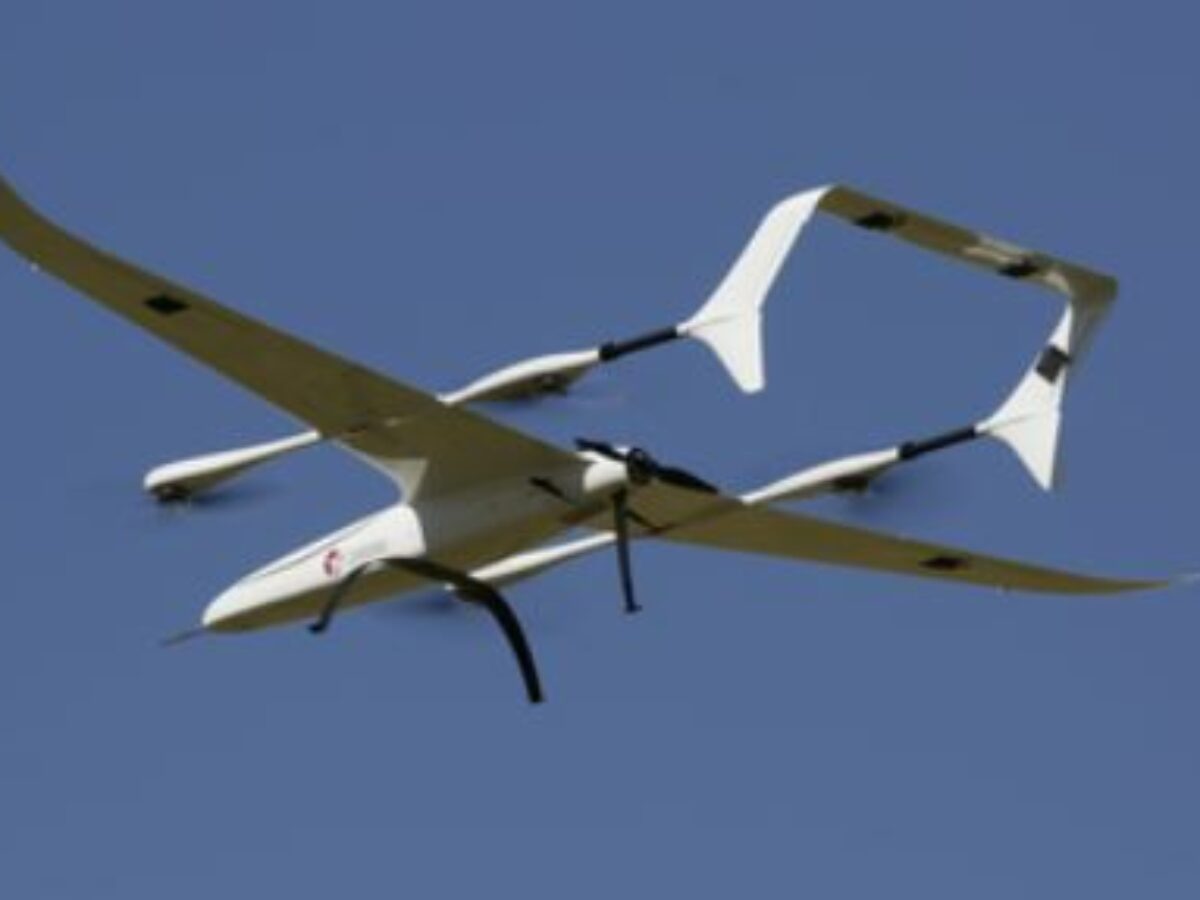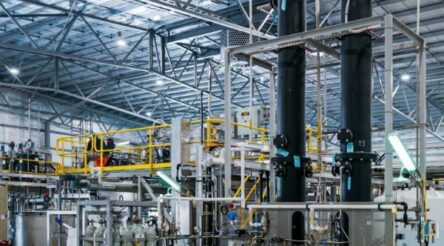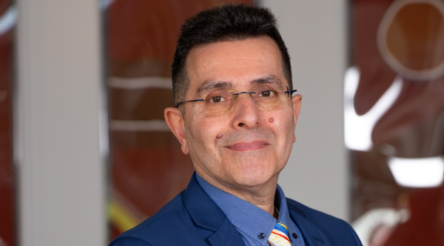Carbonix and H3 Dynamics to develop hydrogen-electric drone

Australian UAV producer Carbonix and hydrogen-focused H3 Dynamics are working together to develop and produce the first Australian hydrogen-electric vertical take-off and landing (VTOL) unmanned aircraft system (UAS).
‘Moving fast and starting now’, H3 Dynamics will be integrating its off-the-shelf hydrogen systems to Carbonix’ existing fleet of small unmanned VTOL systems – enabling training and accelerating field experience.
Carbonix CEO Philip Van der Burg said: “Creating intelligent long range aerial systems enabling reliable and effective access to critical remote data while respecting the environment is key to us.
“We will work with H3 Dynamics to complete the hydrogen value chain for several rapidly growing UAV segments, and to do it much more quickly – right here in Australia.”
Compared to batteries, hydrogen electric systems will increase flight durations matching the scale of the Australian continent, its low population density, and its capabilities in beyond visual line of sight (BVLOS) commercial drone operations.
Hydrogen-enabled range elongation will support Carbonix’ existing long distance linear inspection applications such as grid lines and pipelines, mining industry mapping and surveying across large expanses of land – which continue to rely on the use of expensive helicopters or light aircraft.
Hydrogen power also opens up the possibility of import substitution with loc ally produced green hydrogen displacing imported fuels.
Carbonix’ next generation H2-VTOL UAV will make use of H3 Dynamics’ hydrogen-electric nacelle technology, with a first-in-flight milestone announced several days ago.
H3 Dynamics’ patented distributed hydrogen-electric propulsion technology liberates the main fuselage, making room for bigger sensors or more cargo for autonomous delivery covering long distances.
CEO H3 Dynamics Taras Wankewycz aid: “Australia will most likely be the first to use commercial electric-powered drones that use hydrogen instead of batteries, in order to fly for many hours at a time and reach those remote locations, or survey much larger areas of land.”
In September, H3 Dynamics announced its Australian BVLOS plans with Ripper Group in Australia, a Carbonix drone operator, starting with the deployment of fully autonomous drone stations in applications ranging from mining to solar farm surveying, wildlife and ocean protection and life saving.
Wankewycz said: “We are convinced unmanned systems are the evolutionary starting point to increasingly large hydrogen powered flight platforms, where testing, certification and regulatory approval challenges vary based on aircraft weight.
“H3 Dynamics’ plan is to increase the size of hydrogen air frames every year until we are able to fly passenger-scale aircraft.
“We want to mature airborne hydrogen technology in today’s existing uncrewed aviation markets as a first essential step towards that ultimate vision.”
Further reading:
CARBONIX DRONES MONITOR REMOTE POWER LINES
CARBONIX TO SUPPLY DRONES TO FUGRO
Picture: Carbonix
Topics Manufacturing News Technology
@aumanufacturing Sections
Analysis and Commentary Awards Defence Manufacturing News Podcast Technology Videos










